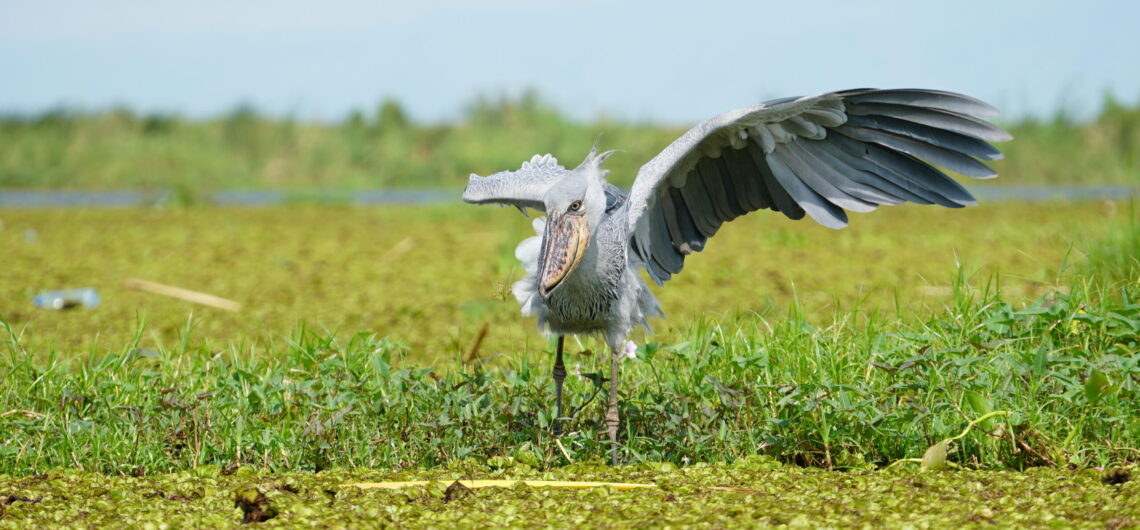
A Birding Uganda Safari offers some of the best birding safari destinations unrivaled on the planet, Uganda Birds are an integral part of the Ugandan landscape. Even on an ordinary safari, you can expect to see colorful bee-eaters and rollers, proud eagles and ostriches. Because Uganda is dominated by its open savannah rather than dense rainforest, Uganda tops the list for seeing a large number of species in the course of an ordinary holiday. Many leading Ugandan safari destinations boast a checklist of more than 500 bird species. These include Queen Elizabeth National Park, the Albertine Region, Bwindi Impenetrable forest, Lake Mburo National Park among others.
Bwindi Impenetrable National Park – Africa’s number one birding spot according to the African Bird Club Mabamba Bay Wetland – Best spot to see the Shoebill in Africa The Entebbe Peninsula Lutembe bay wetland – bird hotspot near Kampala and Entebbe Makanaga wetland – another Shoebill spot and great wetland birding
Do I need to be a birder to do a Uganda birding safari?
“Yes and no. It would be strange to book onto a bird-watching tour unless you had a strong interest in birds. So, certainly you would at least need to be an aspiring birder and carry suitable birding equipment such as a pair of good binoculars. Ideally, you would also have a field guide/Our Birder guide to the destination in question and the right frame of mind for birding. Otherwise, no real birding expertise is required from participants. All of our birding tours will be led by an expert guide who’ll take responsibility for spotting and identifying the local bird species. In addition, there will most likely be a few experienced birders on the tour. They will delight in helping new birding safari-goers sort out the larks from longclaws. Learning in the field is all part of the fun. ”
Uganda is a bird lover’s paradise, boasting more than 1,000 different bird species. The country’s diverse landscapes and ecosystems provide ideal habitats for various species that range from exotic forest birds to tall water cranes and majestic birds of prey.
